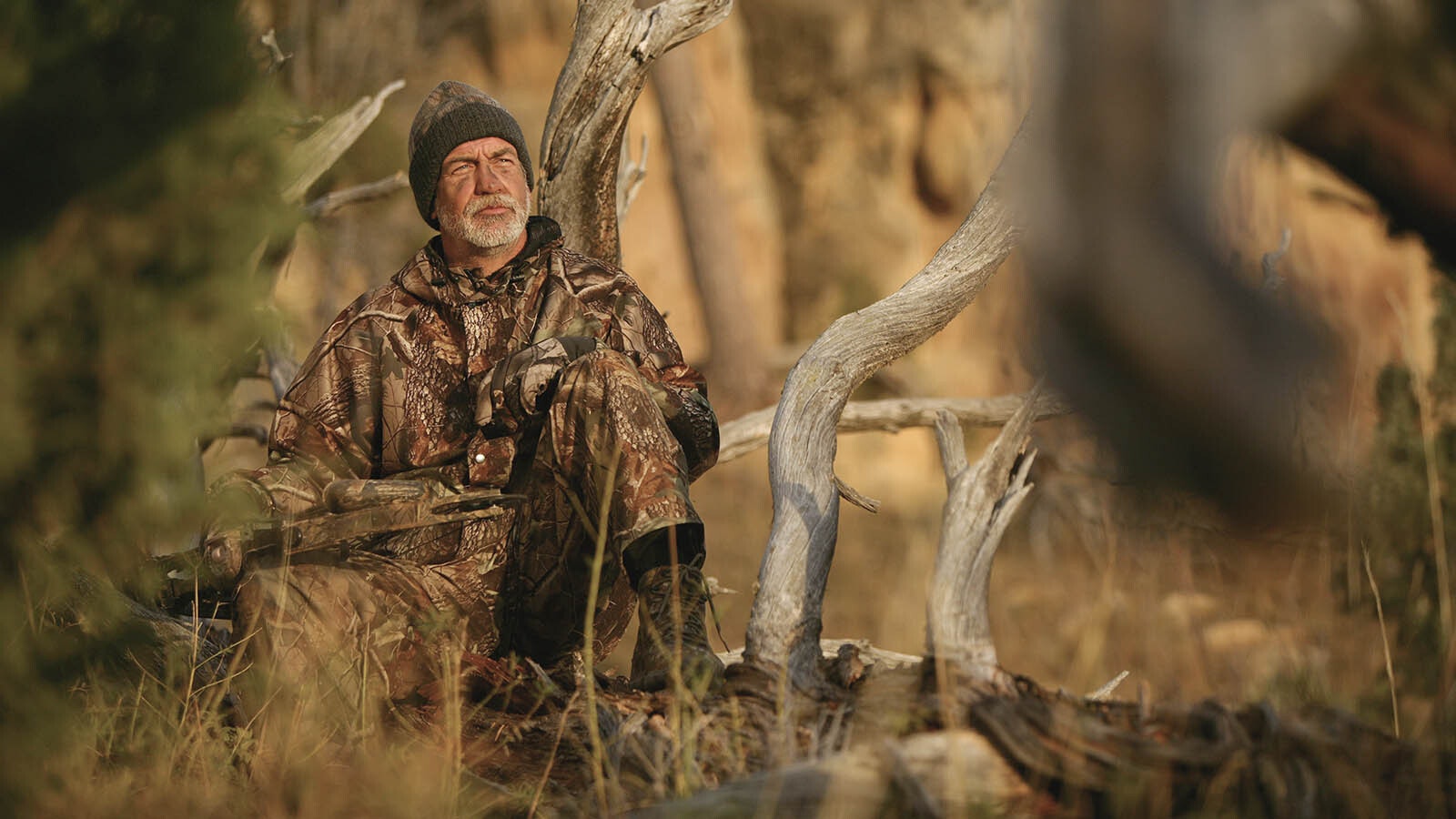After getting a boost during the COVID-19 pandemic, the general public’s approval ratings for hunting sank by 4 percentage points over the past two years, according to a recent survey.
And perhaps surprisingly, the West — which includes Alaska and Wyoming — had the lowest approval rating for hunting of any region at 74%. The Midwest had the highest approval rating at 80%, while the South came in at 78% and the Northeast at 75%.
That’s according to the recently released results of a nationwide survey conducted by the Outdoor Stewards of Conservation Foundation.
The general public’s approval of hunting peaked at roughly 81% in 2021, but had dropped by about 4% overall by spring 2023, according to the conservation foundation.
Urban centers in Denver and Salt Lake City, as well as California, could account for the West’s relatively low approval rating, Mark Jones of Buffalo told Cowboy State Daily.
“We have a low population outside of those metro areas, so those kinds of places are going to drag our averages down,” said Jones, who is the national director of hunter outreach for Gun Owners of America.
Dip Comes As No Surprise
Avid hunter Josh Coursey, who lives near Kemmerer, said the dip in approval ratings for hunting over the past couple years doesn’t surprise him.
“I am not surprised by this statistic, and the many variables that I can only assume are contributing to this downward trend,” he told Cowboy State Daily.
Hunters can be their own best ambassadors to the public, he said.
“I think this also showcases the importance of promoting our hunting heritage responsibly and the value it has to our cherished culture, but also a staple to our way of life,” Coursey said. “Hunting sportsmen and sportswomen continue to provide the lion’s share of wildlife conversation efforts, and I am confident that we'll collectively continue to answer this call as it defines who we are.”
Jones agreed that hunters can be their own best P.R. agents, or worst enemies, when it comes to public perception.
In the age of social media, hunters should refrain from posting particularly gruesome images or videos for all the world to see, he said.
“It certainly doesn’t help when hunters do bad things,” Jones said. “I’ve seen things posted online that turned me off, and I’ve hunted since I was 8 years old.”
How COVID Helped
Jones said it makes sense that participation and approval rates for hunting peaked around 2021, during the height of the COVID pandemic.
That’s because the pandemic pushed more people in other parts of the country toward the outdoor activities that Wyomingites take for granted.
“You have a lot of what I call ‘passive’ hunters and anglers,” he said. “Those are the guys who would rather go out and swing a golf club on the weekends. But when COVID shut a lot of those other activities down, they bought hunting and fishing licenses.”
Winning City Folks Over
Jones said the continued urbanization of America’s general population has contributed to negative impressions about hunting.
“As people become more and more disassociated from reality, from those rural values and knowing where your food comes from, I think that’s a factor,” he said.
However, some urban trends, such as people becoming “localvores” — by growing their own food in neighborhood gardening plots — can help, Jones added.
“That helps urban people kind of understand the cycle of life and where food comes from. They get it,” he said.
Promoting game meat as healthy food and stressing how people in Wyoming use wild game as a local food source will resonate with those sorts of city folks, Jones said.
“A guy who kills an elk and feeds his family while following the law, they’re very supportive of that kind of thing,” he said.
Midwest Is Hunter’s Paradise
It’s also not shocking that the Midwest leads the way in terms of public approval and hunter participation rates, Jones said.
“The Dakotas and Minnesota have always had some of the highest hunting participation rates in the country,” he said, adding that those areas are known as hunter’s paradises for quarry such as pheasants, waterfowl and whitetail deer.
He added that the only thing that baffles him is how the Minneapolis metro area hasn’t skewed the Midwest’s ratings downward.
“I don’t know how they got around Minneapolis pulling their averages downward,” he said.
Mark Heinz can be reached at mark@cowboystatedaily.com.





